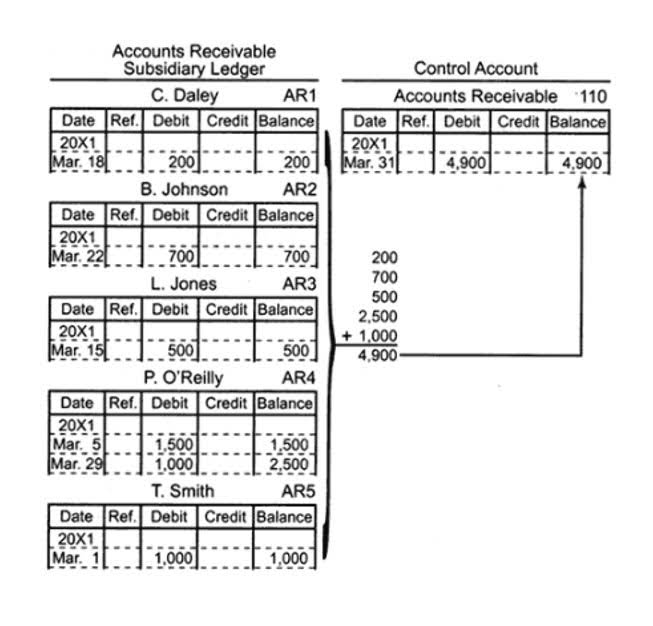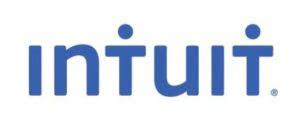
Monthly plans can be costly upfront, but if your B2B business frequently processes large payments or completes a high volume of transactions each month, the lower processing fees can b2b payment automation help you save overall. Automation is revolutionising B2B payment processing by reducing manual tasks and speeding up payment cycles. Automated invoicing, payment reminders, and reconciliation processes can significantly enhance efficiency. Software solutions like QuickBooks and Xero are widely used to automate these tasks, ensuring that payments are processed accurately and on time. ACH transfers offer a reliable solution for businesses that need to make regular payments. Automating these payments can further streamline financial operations and reduce the risk of errors.

Why is payment automation beneficial for B2B businesses?
TreviPay improves efficiency by automating not just the payments but the order-to-cash processes, reducing manual errors and enhancing security through advanced fraud prevention tools. TreviPay’s solutions boasts of easy integration with its simple, well-documented APIs. Each one connects seamlessly with your eCommerce platforms, accounting software, or payment gateways.
Payments

It also decreases invoice errors which lead to invoice disputes and payment delays. This predictability allows businesses to plan and allocate resources more efficiently. Below is a guide to automating B2B payments, including benefits, challenges, and how to integrate payment automation tools into your business.

B2B Payment Automation Best Practices Guide for 2023
These platforms offer comprehensive solutions for managing invoices, billing, and payments, enriched with security features to safeguard transactions. They serve as a bridge between traditional banking services and the digital economy, catering to a broad spectrum of business needs. The Automated Clearing House (ACH) network supports electronic payments and money transfers across accounts, championing cost-effectiveness and accounting operational efficiency. This method balances cost savings against speed, favoring transactions where immediate settlement is not critical. In essence, B2B payment automation represents a significant shift from manual, paper-based processes to more streamlined, efficient, and digital methods. It not only optimizes payment operations but also provides strategic advantages by improving cash management, enhancing relationships with business partners, and offering actionable financial insights.
- They provide a physical or digital paper trail and are preferred by some businesses for their familiarity.
- This not only saves them from having to follow up on invoices, but it provides them the immediate cash they need to operate their business.
- You need to consider the cost of pens, paper, printer ink, envelopes and postage charges when mailing out a physical invoice.
- Maintaining a balance between extending credit and managing cash flow is crucial for sustaining healthy business operations and relationships.
- As it stands, around 37% of organisations are unable to forecast cash flow accurately because of the uncertainty that manual AR processes cause.
You can track and monitor transactions in real time to prevent fraud and detect duplicate payments and other errors. Beyond integrating specific software, businesses can adopt the following practices to help automated B2B payment processes run more smoothly. Below, we’ll cover what businesses should know about the differences between B2B and B2C payments, the types of B2B payment methods, and how to automate the B2B payment process.
Essential Strategies for Managing Finance in Healthcare
- Much like an ACH, wire transfers are a digital form of payment that facilitates B2B transactions.
- Getting paid isn’t always easy—especially if your follow-up efforts for unpaid invoices are poorly coordinated.
- Nevertheless, bank and wire transfers remain a viable option for businesses that prioritise security and the ability to transfer large sums.
- It simplifies accounts payable and provides a centralized location for all payee data.
- Automation matches payments with invoices and reconciles any discrepancies between what’s being invoiced and what has been paid.
- Discover the next generation of strategies and solutions to streamline, simplify, and transform finance operations.
Credit and debit cards offer a convenient and immediate payment option for B2B transactions, ideal for lower-value purchases or when quick settlement is necessary. The broad acceptance of cards and the potential for rewards make them attractive, although they typically incur higher processing fees, which can accumulate significantly for large transactions. The internet further revolutionized B2B payments, with online banking and payment platforms enabling faster and more secure transactions across borders.
- And in the event of a mistake—such as transposed numbers in a payment—these transfers are difficult to cancel or reverse.
- Mailchimp is one of the most well-known email marketing and B2B automation platforms that excels at marketing automation.
- Start by examining all the steps involved in making a payment, from creating invoices to sending and receiving payments.
- S2P platforms are comprehensive digital solutions designed to unify and streamline every step of the S2P cycle into a single platform, transforming procurement into a seamless and data-driven process.
- Business-to-business (B2B) payments are often more complex than business-to-consumer (B2C) payments, with longer payment cycles and a variety of payment methods.
- Automating these various payment types simplifies management by integrating them into a single, cohesive system.
The system automatically remits to all suppliers with no human interaction required. Automating B2B processes (rather than relying on paper checks to make/receive payments) allows you to easily identify patterns in the cash flow. This helps to avoid fraud as, after the first transaction, the number becomes null and void. These virtual credit cards are typically attached to a regular credit card number in your account, which means all transactions appear Accounting for Churches on a single statement at the end of the billing cycle.

Getting paid isn’t always easy—especially if your follow-up efforts for unpaid invoices are poorly coordinated. According to the Association of Finance Professionals, 26% of North American businesses still used paper checks in 2022, down from 42% in 2019. Although check usage is declining, checks remain the second most common form of B2B payment. Follow this four-step process to select and implement the right payments automation solution for your business. Tipalti is known for creating ease around cross-border payments and international tax compliance. The system focuses on ensuring robust security measures and compliance to safeguard all of your sensitive financial data.

Additional Benefits
Efficient contract management helps ensure legal protections, reduces risks and centralizes agreements for easy access and monitoring, benefiting all relevant stakeholders. Automation tools play a key role in standardizing and streamlining this process. An important step in the S2P process is strategic sourcing, which involves identifying the right suppliers, evaluating their capabilities and negotiating contracts. This step is essential for finding vendors that align with the organization’s quality, cost and delivery expectations. It also often uses RFX processes such as requests for proposals (RFPs) to gather supplier information and bids.
